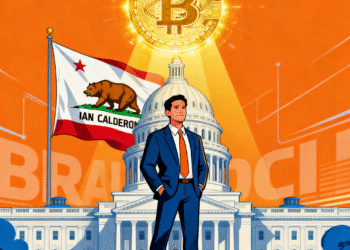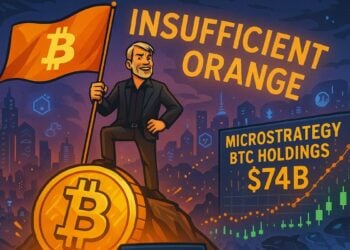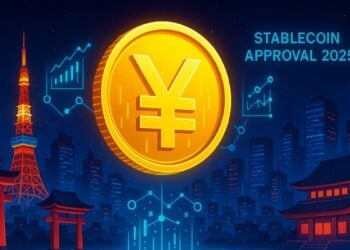On May 7, 2025, the U.S. Federal Reserve announced it would keep interest rates steady at the 4.25%–4.50% range, marking the third consecutive meeting without any policy changes. The decision, while expected, came with an intensified warning from Fed Chair Jerome Powell: the balance of economic risks has shifted.
“Uncertainty about the economic outlook has increased,” Powell stated during the post-meeting press conference. “We are closely monitoring the evolving risks, including inflationary pressures and rising unemployment.”
In a market already jittery over geopolitical tensions, inflation concerns, and renewed tariff threats, Powell’s remarks hit with added weight.
Powell’s Message: A Cautious Fed in a Complex Climate
Powell emphasized that recent economic developments—including the tariffs reimposed by the Trump administration—are forcing the Fed to reassess its policy trajectory. While inflation had shown signs of softening earlier this year, the central bank now sees that trend at risk.
“If the announced tariff increases are implemented as proposed, they are likely to generate higher inflation, slower growth, and increased unemployment,” Powell warned.
While the U.S. economy expanded by 3% in Q1 2025 and unemployment remains around 4.2%, Powell made it clear that no rate cuts are imminent until the Fed is more confident that inflation is truly under control.
Full Meeting Official Transcript
Market Reaction: Stocks Hold, Bitcoin Breaks Out
While traditional markets reacted with cautious optimism, the real momentum came from Bitcoin, which surged past the $99,000 mark shortly after Powell’s remarks. This sharp move pushed BTC to its highest level since early April, reigniting speculation about a potential run toward the $100K milestone.
Source: Tradingview
Ethereum (ETH) also saw mild gains, hovering around $1,930, though most of the bullish energy remained concentrated on Bitcoin.
Meanwhile, U.S. equities remained relatively flat. The Dow Jones Industrial Average closed up +0.4%, while the S&P 500 and Nasdaq posted minimal gains, as traders weighed Powell’s inflation warnings against his neutral stance on future rate hikes.
Fed? So What. Bitcoin Has Its Own Narrative
While Jerome Powell’s stance remained firmly hawkish, warning that strong economic data and sticky inflation prevent any immediate rate cuts, Bitcoin’s response was surprisingly bullish.
Instead of pulling back, BTC surged to $99K, ignoring the Fed’s caution. Analyst Budhil Vyas captured the mood with this viral post:
Fed Powell went hawkish yesterday but#Bitcoin just TOUCHED $99K 🚨
— Budhil Vyas (@BudhilVyas) May 8, 2025
Here's exactly what happened:
Powell delivered a hawkish speech signaling
caution on rate cuts despite market hopes.
He emphasized inflation concerns and strong
economic data blocking immediate easing.
But… pic.twitter.com/q2WP8tDxVQ
According to Vyas, Bitcoin’s strength came from:
- Renewed ETF inflows
- Short liquidations above resistance
- Climbing open interest
- Geopolitical optimism (U.S.–China talks, Trump’s pro-BTC stance)
These drivers suggest a new macro narrative for Bitcoin—one where institutional momentum and political shifts outweigh even the Fed.
Implications for Crypto: Steady Policy, Murky Outlook
For digital assets, the Fed’s decision may offer short-term breathing room. Historically, rising interest rates have pressured crypto, diverting capital toward safer, yield-generating assets. By holding steady, the Fed has delayed further pressure, at least for now.
However, Powell’s statements signal that volatility could return if inflation data worsens or if the job market weakens. Crypto markets—which thrive on liquidity and risk appetite—remain sensitive to any macro tightening.
Final Thoughts: Uncertainty Ahead, and Crypto’s Role
The May 2025 Fed meeting confirms what many investors feared: there is no clear path forward. Rate cuts are no longer a certainty this year. While markets rallied short-term, the long-term direction remains murky.
For crypto investors, this presents both risk and opportunity. Bitcoin’s resilience may strengthen its narrative as digital gold, especially if inflation returns. But without clarity on monetary policy, volatility is likely to remain elevated.
As the year unfolds, the Fed’s cautious stance—combined with political shifts and economic crosswinds—will continue to shape the future of both traditional and decentralized finance.

















